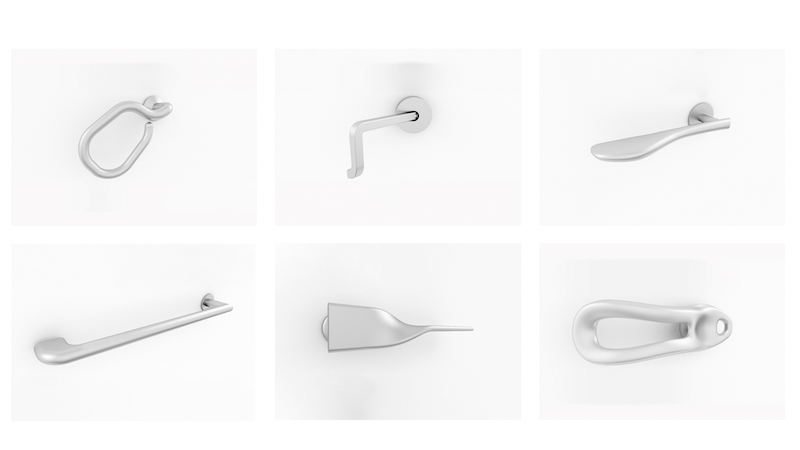Top international design and architecture firm Perkins Eastman recently released its newest white paper, “A Handle on Accessibility: Designing for a Future of Limited Mobility,” co-authored by Associate Michael Schur AIA, LEED AP, and Joshua Bergman, both based in the firm’s Chicago office. The paper marks the culmination of a six-month-long, in-house exercise in which Perkins Eastman’s Chicago staff engaged in various “empathy experiments”—e.g. simulating the tactile and sensory challenges encountered daily by seniors—and then broke off into smaller teams to design and fabricate a diverse array of door handles using 3-D printing technology. By applying a user-centered approach to design, integrating user analysis, and studying the physical constraints associated with aging, “A Handle on Accessibility” from start to finish set out to create a more accessible door handle and develop a clear understanding of the empathetic design process.
There is an accessibility challenge facing the U.S. According to the most recent census data and studies conducted by the U.S. Department of Health and Human Services, an estimated 1 in 5 people will be aged 65 or older by 2040. “These statistics,” say the authors, “suggest that in less than 25 years, nearly a quarter of the U.S. population will be faced with the physical limitations that come with aging: reduction of mobility and dexterity, visual and hearing impairment, bone and muscle weakness, and immune and memory deterioration.” On the front lines of this challenge is the door handle, a ubiquitous product that often gets overlooked, or otherwise tends to be designed with a form-before-function approach.
Following the teams’ empathy experiments, in which participating design and thought leaders formed evaluations based on first-hand limited-mobility and sensory deprivation exercises, solutions for new types of door handles began to materialize. The resulting six prototypes fall into three categories: 1) handles that adapted/evolved traditional handle forms (the “Seed” and “Twist” handles), 2) handles that rethought the handle form (the “Hand Hold” and “Loop” handles), and 3) handles that rethought how doors can be operated (the “Long” and “Crank” handles).
“As the U.S. population continues to age,” write Schur and Bergman, “[we as designers] have the opportunity to advance design through the re-working of overlooked elements of everyday life … The range and variety of the final designs emphasize the power of recognizing others’ needs…these explorations illustrate that the value of what we design ultimately lies in how well we understand the end-user and how well we are able to design for them.”
“A Handle on Accessibility” is available for free download here.







